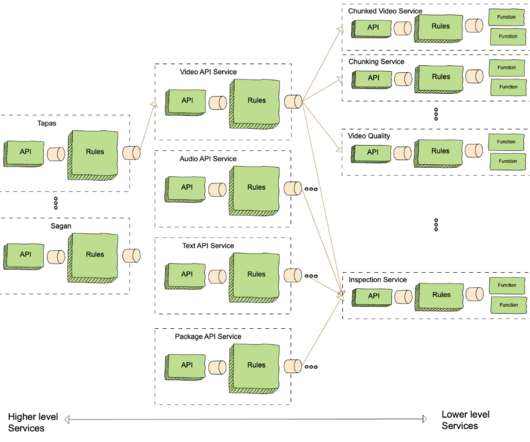Seamlessly Swapping the API backend of the Netflix Android app
The Netflix TechBlog
SEPTEMBER 8, 2020
How we migrated our Android endpoints out of a monolith into a new microservice by Rohan Dhruva , Ed Ballot As Android developers, we usually have the luxury of treating our backends as magic boxes running in the cloud, faithfully returning us JSON. Background The Netflix Android app uses the falcor data model and query protocol.












Let's personalize your content